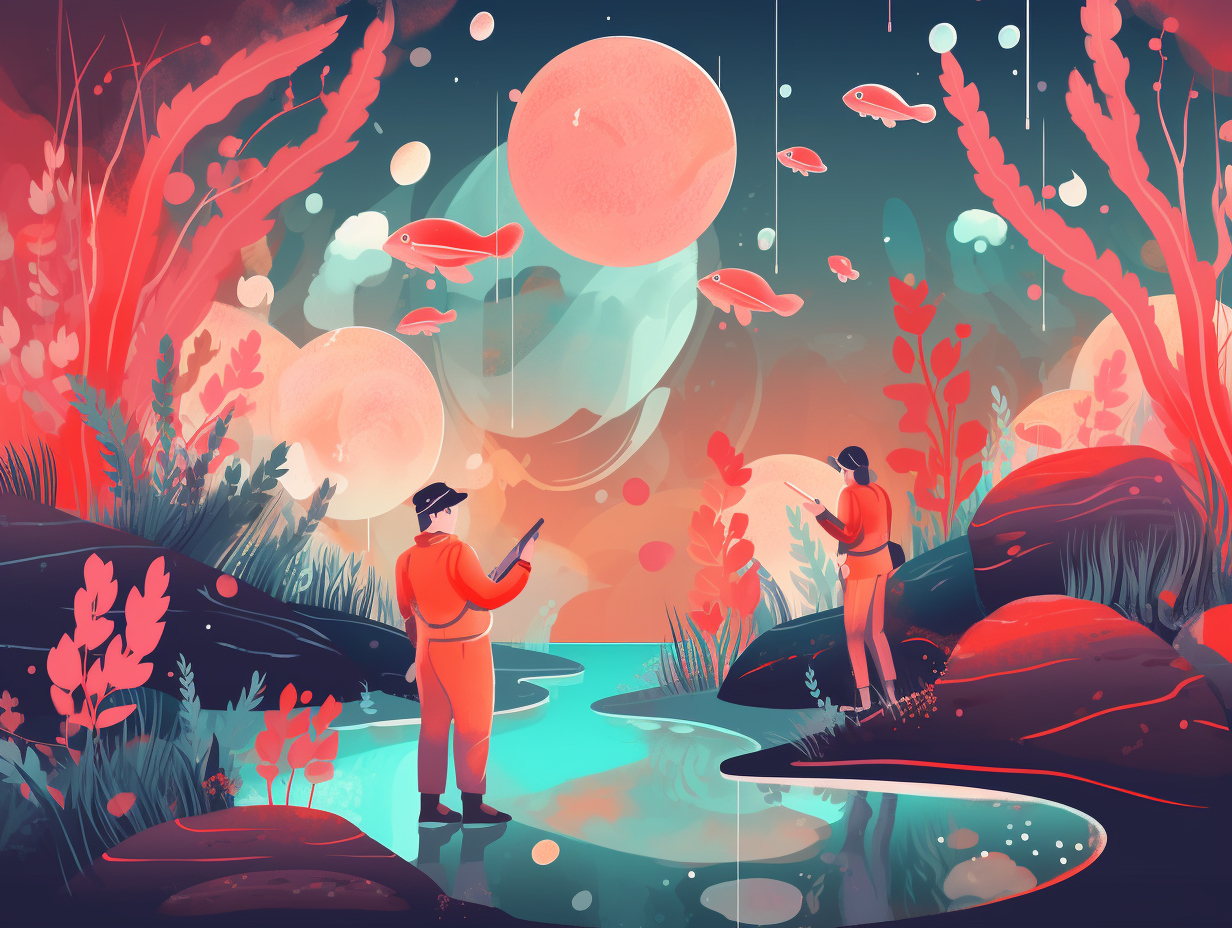Discover the Microscopic World: Top 12 Amazing and Fun Facts About Bacteria!

1. Blue Cheese Comedy
Crack your favorite joke, because blue cheese will be ripening with laughter: Did you know that this pungent, crumbly delight not only owes its existence to Penicillium mold, but also to the comedic stylings of Brevibacterium linens, a bacteria that stars in both the cheese's sniff-worthy aroma and maturation process?
Source => en.wikipedia.org
2. Captain Kirk's Bacterial Sidekick
If Star Trek's Captain Kirk ever needed a bacterial sidekick, he'd definitely want Deinococcus radiodurans on the USS Enterprise! This extremophile is a true intergalactic space traveler, thriving in conditions that would have most Earth-dwellers trembling in their boots: It can survive cosmic radiation, roller-coaster temperature shifts, and even the unbearable vacuum of space. In fact, our little bacterium buddy hitched a ride on the Tanpopo space mission, spending a full year in low Earth orbit outside the International Space Station, developing spacecraft-worthy DNA damage repair and reactive oxygen species defense mechanisms to boldly go where no microbe has gone before.
Source => sciencedaily.com

Discover how some eubacteria species, like the superhero Pseudomonas putida, have incredible powers to break down toxic chemicals and save our environment through bioremediation! 🌎💧💪
=> Fun Facts about Eubacteria
3. Bacteria's Ice Party Trick
Feeling the chill: Pseudomonas syringae might just be mother nature's coolest party trick, using its ice-nucleating proteins to turn water into ice at near-zero temperatures! Don't hold your breath for a bacterial skating rink, though: these little critters only lower the freezing point within the range of 0°C to -2°C, without affecting ice's melting point.
Source => ncbi.nlm.nih.gov
4. Lactic Acid Bacteria MVP
From turning sad cucumbers into sassy pickles, to inspiring bread to "rise" to the occasion, our MVP – lactic acid bacteria – deserve a standing ovation: Not only do they create a scrumptious symphony of flavors in various fermented foods and help produce delightful dishes like sourdough bread and cheeses, but they're also busy bodyguards against spoilage-causing microorganisms, preserving and enhancing the nutritional value of these tasty treats.
Source => ncbi.nlm.nih.gov

5. Carpet Horror Show
Forget haunted houses; carpets are the real horror show here: They harbor a whopping 200,000 bacteria per square inch, making them almost 700 times more germ-infested than toilet seats! This frightful fact is thanks to our shedding habits – 1.5 million skin cells per hour, combined with food particles, pet dander, and pollen, creating the perfect bacteria all-you-can-eat buffet. So, before you accidentally invite Count Bacteracula into your home, be sure to treat your carpets to a steamy hot spa – aka deep steam cleaning – at least once a year.
Source => thehealthy.com
6. Bacteria's Epic House Party
Hold onto your petri dishes, folks, because bacteria are about to throw the most epic house party ever – and their numbers are growing faster than the guest list for a Kardashian soiree: In a mere 6 hours, one single bacterium can double itself every 20 minutes and multiply into an astounding 262,144 bacteria, making them one of the fastest reproducing organisms on Earth!
Source => byjus.com
7. Decomposing Heroes
Talk about a life-saving decomposition: these microscopic maestros of muck, also known as bacteria, are nature's unsung heroes in keeping our planet from turning into a gigantic graveyard! They dine and dash on dead organic matter, recycling essential nutrients like nitrogen, phosphorus, and calcium back into the Earth's soil and water, allowing for new plant and algae growth. In essence, their silent but deadly performances keep life grooving along.
Source => nationalgeographic.org
8. Nutrient Smorgasbord
Feeling a little nitrogen-weary? Perhaps you've been limiting yourself without even knowing it! Just like a farm-to-table dinner, Mother Nature serves up nitrogen as the main course, but sometimes, there's not enough to go around: Nitrogen is often the nutrient in shortest supply, limiting the growth of organisms or populations. While adding nitrogen and phosphorus fertilizers may boost the smorgasbord, beware of the buffet's dark side – runoff can transport these nutrients to lakes and rivers, leading to harmful algal blooms, oxygen scarcity, and an aquatic organism apocalypse.
Source => khanacademy.org
9. Iron-Clad Microbes
Who needs iron supplements when you're an iron-clad microbe?: Chile's Atacama Desert is home to cyanobacteria that have mastered the art of iron extraction from magnetite nanoparticles in gypsum rocks, using specialized proteins called siderophores to pry out the precious ferric ions from oxide minerals such as hematite, magnetite, and siderite - demonstrating just how innovative nature can be in giving organisms a fighting chance in the most extreme environments.
Source => ncbi.nlm.nih.gov

10. Fossil Fungus Frenzy
Meet bacteria's ancient grand-uncle, Fossil Fungus Frenzy: these party-loving cyanobacteria have been shaking it up since 3.5 billion-year-old Archaean rocks in Western Australia. Surprise, surprise: they're responsible for photosynthesizing the very air we breathe and have remained virtually unchanged in their funky forms for eons, making them the most recognizable microfossils to boogie down with.
Source => ucmp.berkeley.edu
11. Rent-a-Microbe
Move aside, Rent-a-Crowd, and make room for Rent-a-Microbe: our gut houses a rambunctious gathering of approximately 100 trillion microorganisms, from 500-1,000 different species, partying together for our health benefits like producing essential vitamins, regulating weight, and improving heart health!
Source => badgut.org
12. Dance Party Bacteria Audience
Warning: You might not be as alone as you think during those solo dance parties in your living room! A bacterial audience might just be waiting in the wings to join you: According to a study by Yale University engineers, a single person's presence in a room can significantly increase airborne bacterial concentrations, with about 18% of all bacterial emissions in the room originating from us humans. But fear not, dance like nobody's watching, because only an extremely small number of these indoor microorganisms are infectious.
Source => sciencedaily.com
Related Fun Facts




















